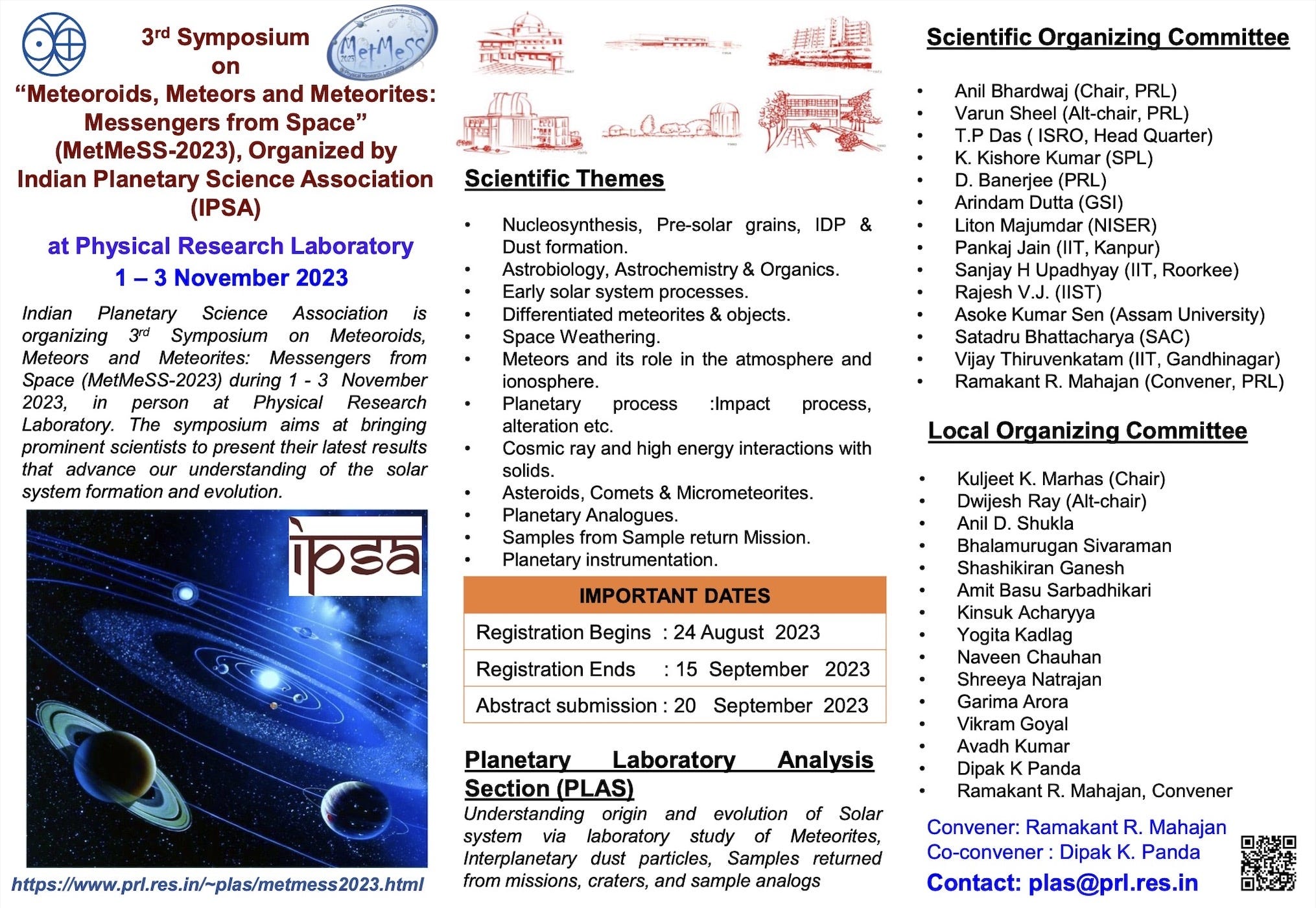Indian Space Progress #8: Aditya-L1 soars for the Sun as Chandrayaan 3 stands tall on the Moon
And more space updates from the country.
Aditya-L1 launch infuses hope of being one more foundational Indian space science mission
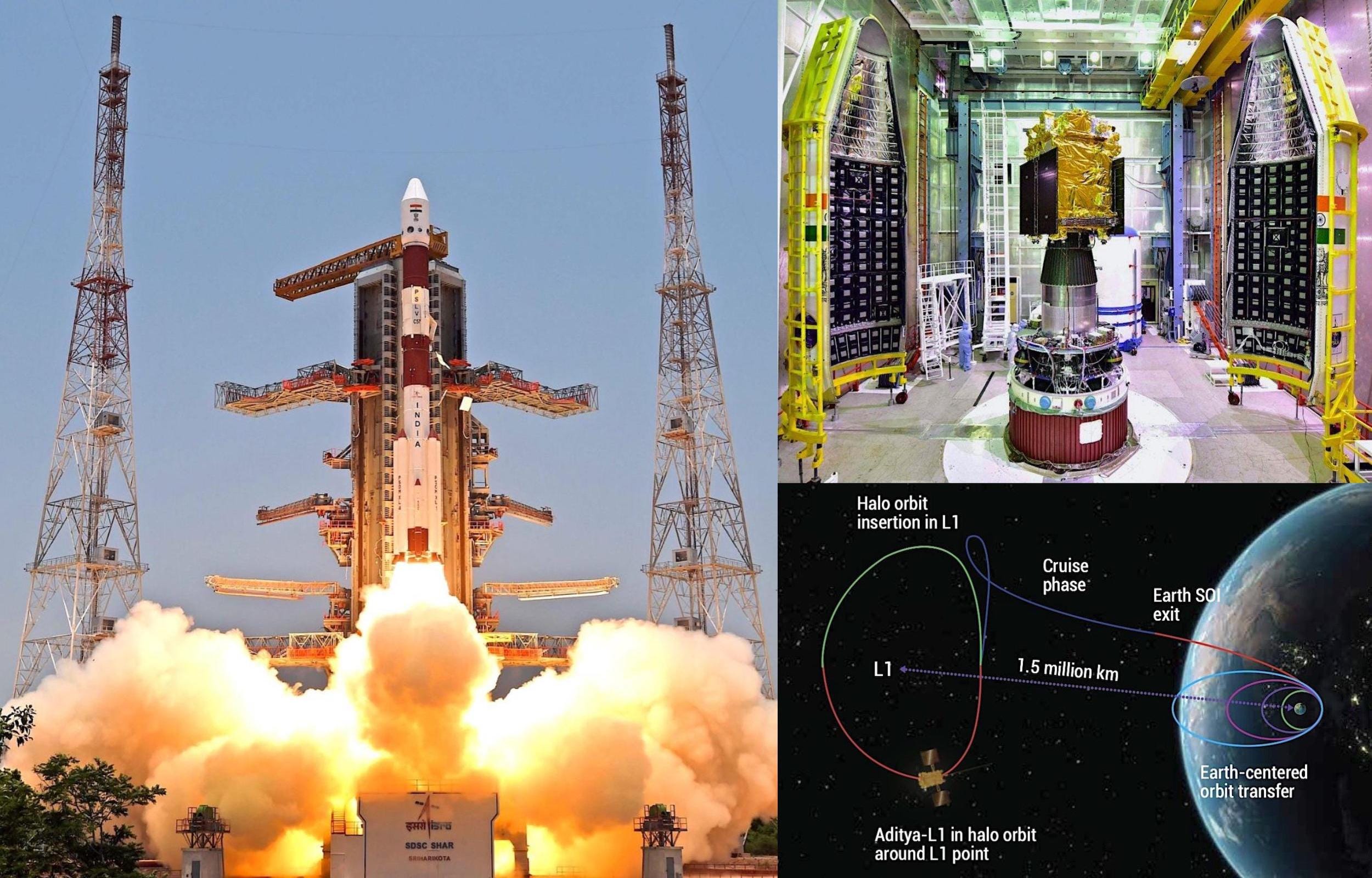
On September 2, ISRO launched the Aditya-L1 solar observatory on a PSLV-XL rocket, which put the 1481-kilogram spacecraft in an elliptical Earth orbit of 235 by 19,500 kilometers. Since then, Aditya-L1 has raised its apogee to 40,225 kilometers with two engine burns on September 3 and September 5 respectively. It’s around mid-December that Aditya-L1 is slated to halo-orbit the first Sun-Earth Lagrangian point (L1), where the gravitational pull of the two bodies roughly balance.
The Earth-Sun L1 region has hosted multiple solar science missions by other space agencies, such as SOHO, ACE, WIND, and DSCOVR. It’s from this unique vantage point which affords constant Sun visibility and Earth communications that Aditya-L1 will also study the Sun’s surface, atmosphere, and its wind of radiation. The observatory sports an advanced set of seven instruments, developed indigenously by research institutes across the country. Together, these allow Aditya-L1 to uniquely observe our Sun in multiple wavelengths while also measuring the solar magnetic field and radiation in-situ.
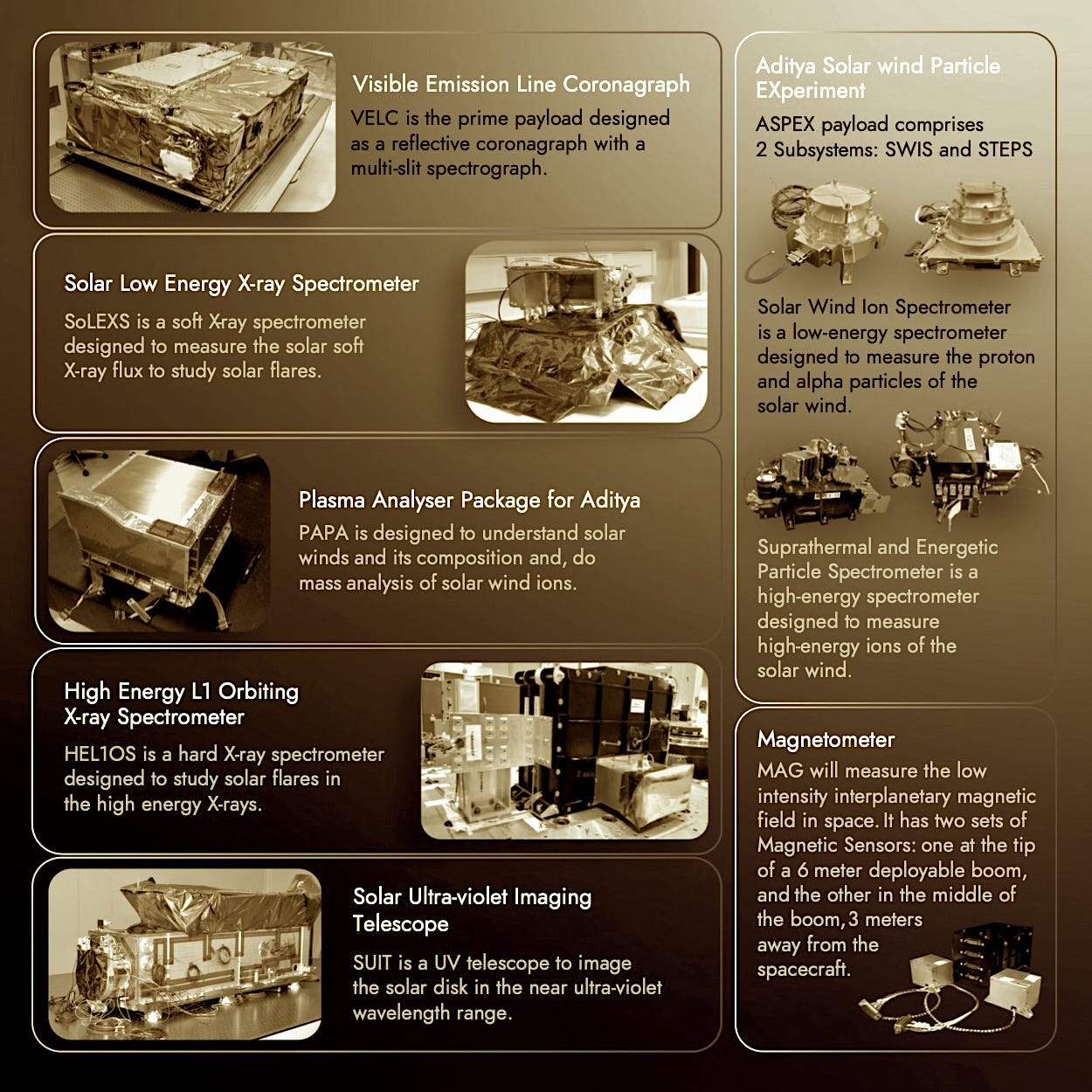
Aditya-L1 carries one of the most advanced coronagraphs to block sunlight and create solar eclipses on demand so as to better see the Sun’s inner atmosphere than previous missions while also studying its spectrum and tracking solar eruptions. The ESA-NASA SOHO telescope has been using coronagraphs for nearly 30 years now, which proved so valuable that most future missions along the Sun-Earth line are now carrying one, including Aditya-L1 and ESA’s upcoming Proba-3 spacecraft pair launching in 2024. Complementing Aditya-L1’s coronagraph will be an ultraviolet imager providing continuous full disc observations of the Sun’s “surface”—aka the photosphere—as well as its inner atmosphere.
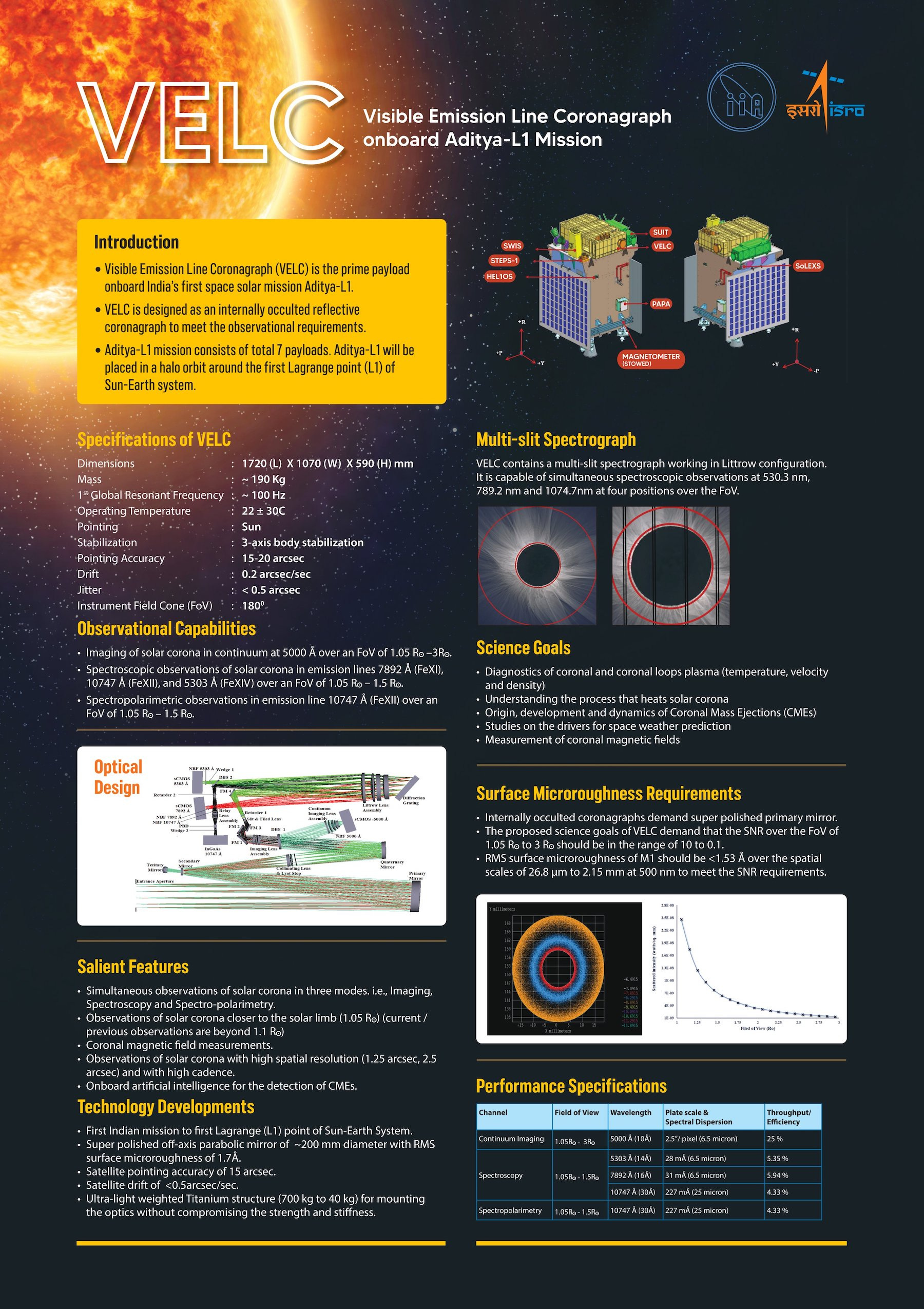
NASA’s 2018-launched Parker Solar Probe is studying our Sun by dipping right into its atmosphere. ESA launched the Solar Orbiter in 2019 to complement the Parker Solar Probe with exquisite imaging. Aditya-L1 will study the Sun from much further away but its global views will allow for its observations to complement data from the NASA and ESA probes and place them in context. A key hope for scientists globally with these solar missions is to explain why the Sun’s corona is hotter than its surface by several million degrees, a major unsolved problem in solar physics.
Fun fact: Aditya-L1 isn’t India’s first space-based Sun watcher. ISRO’s Chandrayaan 2 orbiter doesn’t just study the Moon’s surface but solar flares too! Of course, Aditya-L1 is a dedicated Sun-watcher and as such follows AstroSat, India’s first dedicated space telescope, and Chandrayaan 1, India’s first planetary mission in setting a foundation for the country’s growing space-based space science abilities and ambitions. Relatedly, Chethan Kumar writes about another notable first for Aditya-L1, that ISRO is now using the higher-throughput X-band for health monitoring and commanding of its deep space missions instead of the S-band.
Chandrayaan 3 makes it to the Moon, carries out surface science mission
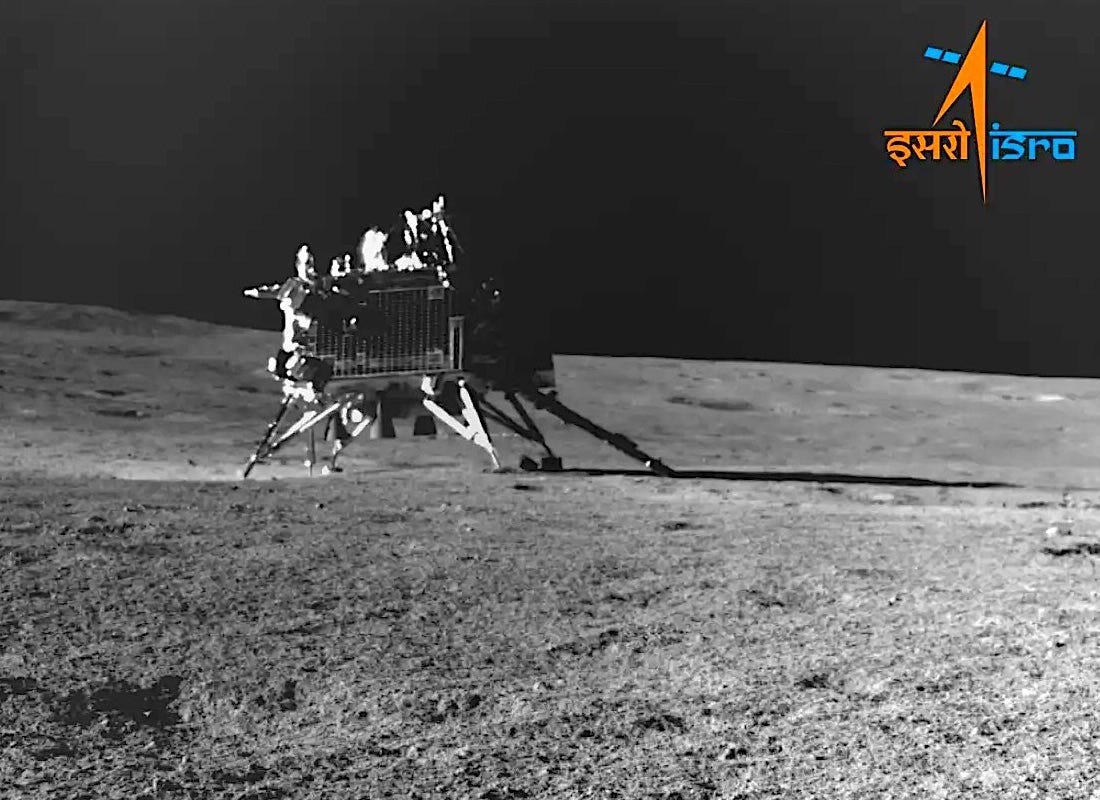
On August 23, ISRO’s Chandrayaan 3 robotic lander triumphantly touched down on the Moon, making India only the fourth country to achieve the feat of a soft lunar landing. The final location of 69.37°S, 32.32°E places Chandrayaan 3 just ~350 meters away from the targeted spot, which is well within the target landing zone of 4 by 2.5 kilometers. It’s even more impressive when we consider that in the final descent phase the lander swiftly identified the area beneath it to be unsafe for touchdown and the live data graph at Mission Control read “RE-TARGET”, which it then did! To thank for this graceful maneuver is Rinku Agrawal of ISRO-SAC who led the team that developed the processing unit of the hazard detection and avoidance system.
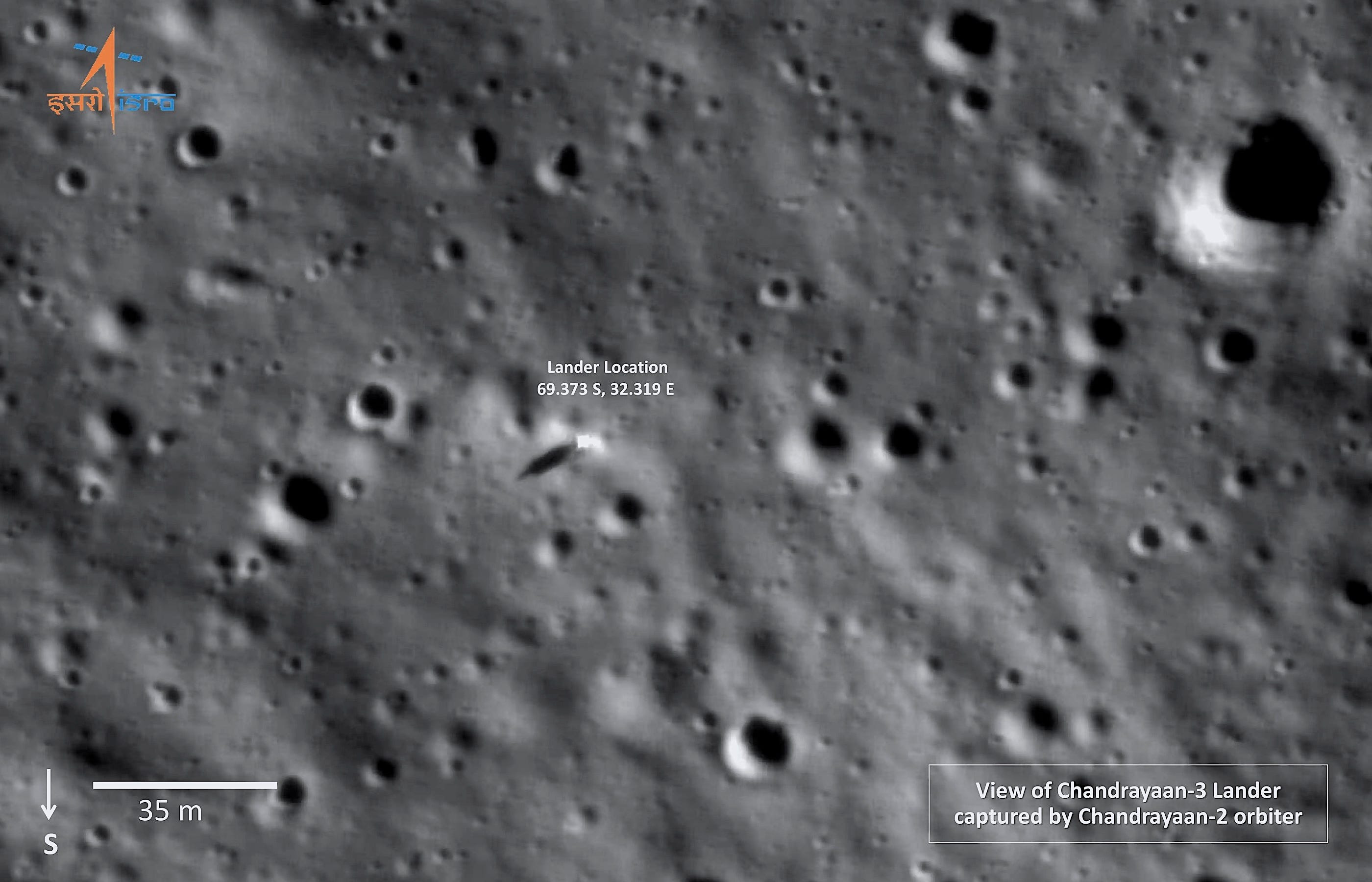
ISRO, most media publications worldwide, and many social media influencers have been touting Chandrayaan 3 as the first mission to land on the Moon’s south pole. But this is incorrect.
Anyway, Chandrayaan 3 landed a day after local dawn to maximize the solar-powered lander and rover’s surface operations lifetime to most of the lunar daylight period of 14 Earth days. ISRO powered on the lander’s three active instruments on August 24, each of which returned data for 11 days since. From August 25, the rover began exploring the geologically rich landing region and traversed 100 meters on the lunar surface over 10 Earth days. This is shorter than the originally expected drive of 300–400 meters. On September 4, ISRO set the lander in sleep mode while the rover was put to sleep mode fully charged on September 2. Its deployed solar panel is facing the direction of the next local sunrise on September 22.
ISRO has shared summaries of initial data from each of Chandrayaan 3’s experiments, with actual science results to only come later, of course. This marks a successful end to Chandrayaan 3’s nominal mission. If at all the lander and/or rover survive the frigid lunar night, which is expected to have peak cold temperatures around -200° Celsius, ISRO hopes to reestablish communications with them for an extended mission.
ISRO pulled a trick up its sleeve when it made the Vikram lander hop on September 2 around 21:21 UTC. The lander lifted about 40 centimeters up and safely landed 30–40 centimeters away, in the opposite direction to where the rover was previously deployed. However, Chandrayaan 3’s hop wasn’t without its risks, and would’ve involved some intriguing considerations and their tradeoffs. ISRO Chief S. Somanath elaborated to Chethan Kumar about the hop:
…we did multiple firings. First to check engine health, then firing without lifting (the lander) followed by a small lift, and finally the firing for the hop…
Chandrayaan 3 reading menu
- Some notable specifics of Chandrayaan 3’s historic touchdown on our Moon
- A thorough rundown of post-landing events by r/ISRO subreddit admin u/Ohsin
- A neat webpage by ISRO on the organizational anatomy of Chandrayaan 3
- Expected science output from Chandrayaan 3, which based on initial data seems to be mostly deliverable
- India’s role in the global return to our Moon
- Chandrayaan 3 mission trivia and tidbits
Many thanks to the Takshashila Institution and SkyServe for sponsoring this month’s Indian Space Progress report.
Space technology advances
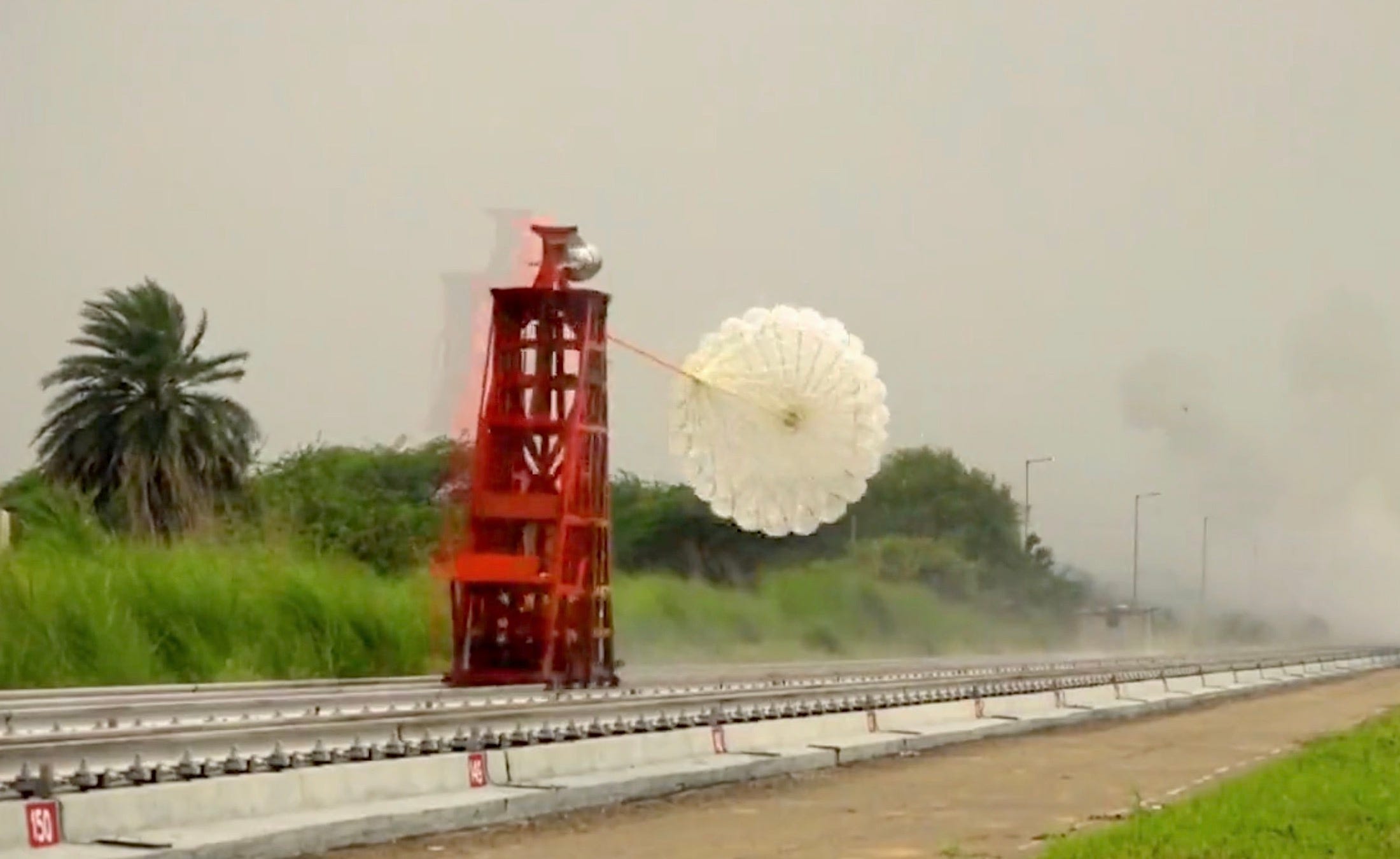
- ISRO continues working towards the ambitious inaugural Gaganyaan mission to indigenously send humans to space, with the latest milestone ahead of an October crew module abort test being deployment tests of drogue parachutes from August 8–10. When astronauts return to Earth after their mission, two drogue parachutes will stabilize their crew module before the three main chutes deploy so as to reduce velocity to a safe level and ensure a smooth and controlled descent.
- The July monthly summary of Indian space activities provided by the country’s Department of Space mentions that the NVS-01 navigation satellite, which launched in May, has been fully in-orbit tested and is now operational for providing navigation services. This includes achieving the required stability for the onboard indigenous atomic clock. This update means that ISRO has passed a critical milestone needed to maintain and advance India’s homegrown GNSS navigation service. ISRO aims to launch four more such satellites by 2025, each designed to last at least 12 years.
More Indian space
- Bengaluru-based SatSure raised $15 million, primarily to build its four optical and multispectral 100-kilogram satellites via its subsidiary KaleidEO for a launch by 2025 end. SatSure already has a business based on (primarily) ESA and NASA public Earth observation data to provide data analytics to uniquely solve agricultural, banking, and infrastructure problems in the country. As Aravind Ravichandran notes on his TerraWatch podcast, SatSure is “one of the few Earth observation companies that follows a backward vertical integration strategy, transitioning from an EO analytics firm to an EO satellite firm.”
- Pixxel Space is attempting to make hyperspectral data from its satellites to be easier to derive insights from by partnering with SkyFi. Pixxel recently announced a Google-led $36 million funding round, bringing the total amount of money raised by the company to at least $70 million. The company is targeting launching six commercial hyperspectral Earth imaging satellites to a sun-synchronous 550-kilometer orbit in 2024.
- Manastu Space raised $3 million for the development and test deployment of a suite of “green” collision avoidance technologies for satellites in Earth orbit.
Events
- The non-profit Indian Space Association is organizing the Indian Space Conclave 2023 national space industry meet from October 9–11.
- The Indian Planetary Science Association is organizing a conference on “Meteoroids, Meteors, and Meteorites” from November 1–3 to explore all connected themes from Astrobiology to space weathering and sample return:
